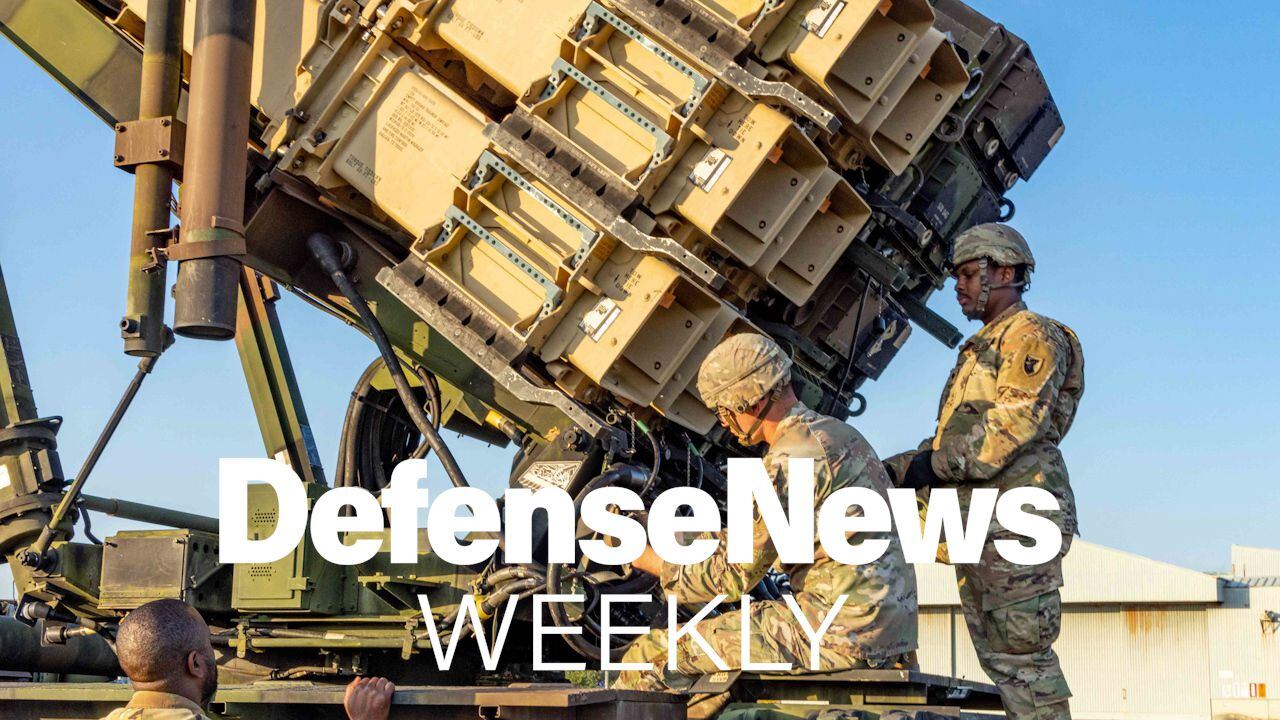When your battlefield intelligence depends on electronic communications, you’ve got to keep an eye on the skies.
“If you have ever listened to AM radio in a thunderstorm, you can hear the lightning strikes through the radio,” said John deGrassie, a Navy scientist. “Because Wi Fi and cell towers are so prevalent, people thinks it always works, like magic. In fact, meteorological conditions can seriously impact situational awareness.”
As head of Space and Naval Warfare Systems Center Pacific’s atmospheric propagation branch, deGrassie has been thinking about how emerging technology, from sensors to supercomputers, can give the Navy a better command of its communications in times of atmospheric turbulence.
Earlier this year, government, military and industry leaders in San Diego looked at new navigation aids, tools for finding lost warfighters, and cutting-edge software architectures.
They also took a deep dive into atmospheric sciences, and deGrassie’s team has since followed up with a series of innovations that are due to see trials in the coming months.
The rise of interconnected sensors presents a new challenge for atmospheric science.
“When it was one transmitter and one receiver we could do well enough, but now there are many more things in the environment that need to be managed, ideally while keeping human operators out of the loop,” deGrassie said. “There’s also an increase in the amount of data that needs to be shared. All that will be colored by what the atmosphere is doing.”
Fortunately, those same sensors also give researchers far greater insight into nature’s electromagnetic activities, making it possible to predict and respond to potential interruptions.
“We look at things like how much moisture is in the air, how much water vapor is present from the sea surface all the way up to the upper atmosphere. We factor in temperature and the index of refraction – like the mirages you see over hot asphalt. Then we also look at the things that may be present in the atmosphere, things like sulfates from burning coal or tiny particulates like sand or sea salt in the air,” he said.
Combine all those inputs, and you start to develop a fuller picture of the electromagnetic environment. “If we can see what the factors are right here and right now, we can confidently make predictions out from that one point,” he said.
This isn’t just about predicting the weather. “The Navy already has its own supercomputer models that run 24/7 and tries to give a weather prediction for the globe or for one specific area of interest,” deGrassie said.
Rather, this work aims in part to interpret that weather information more effectively, to chart more explicitly the impact of storms and other phenomenon on battlefield communications and data links.
“The new science we are working on now is to take those basic weather predictions and write new models to predict radio communication bandwidth and susceptibility to detection,” he said.
Suppose commanders needed ship-to-ship communications, but they can’t use satellites because of the weather or some other operational constraint. They need alternate comms to be invisible to the enemy. “One key question is: How loudly am I broadcasting, how far away is my communication going to be visible? We need to factor in the weather in order to know that. The weather also will impact the bandwidth and how much information we can pass along on any given day,” deGrassie said.
In one academic paper, deGrassie and his colleagues talk about using Mixture Density Networks (MDN) to estimate atmospheric particle size distributions. They find that “distributions are often multi-modal, composed of various underlying aerosol species that can grow from one mode to another.”
When the Navy’s research in this area comes to fruition, deGrassie predicts, “you are going to have more secure communications, more options for how to communicate at a given time. When you steam into a new area you will be able to quickly assess what other electromagnetic signals are present and what you can do in that space. All of that is going to impact your ability to perform.”
There’s no set time frame for taking these capabilities live, and this work likely won’t emerge as a program of record, but rather will be integrated into existing Navy systems in the coming years.








